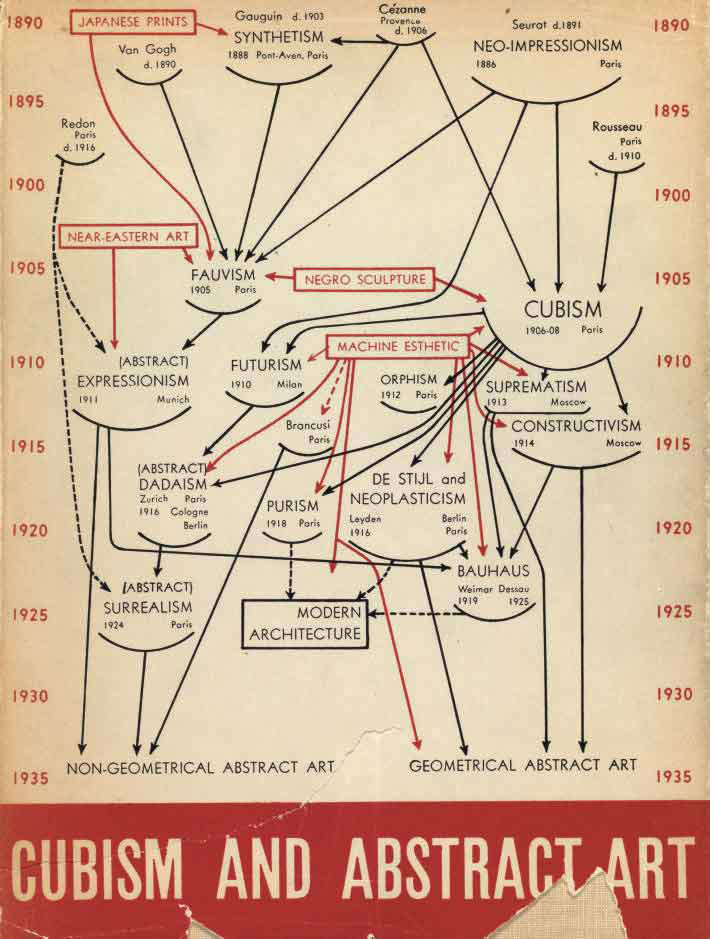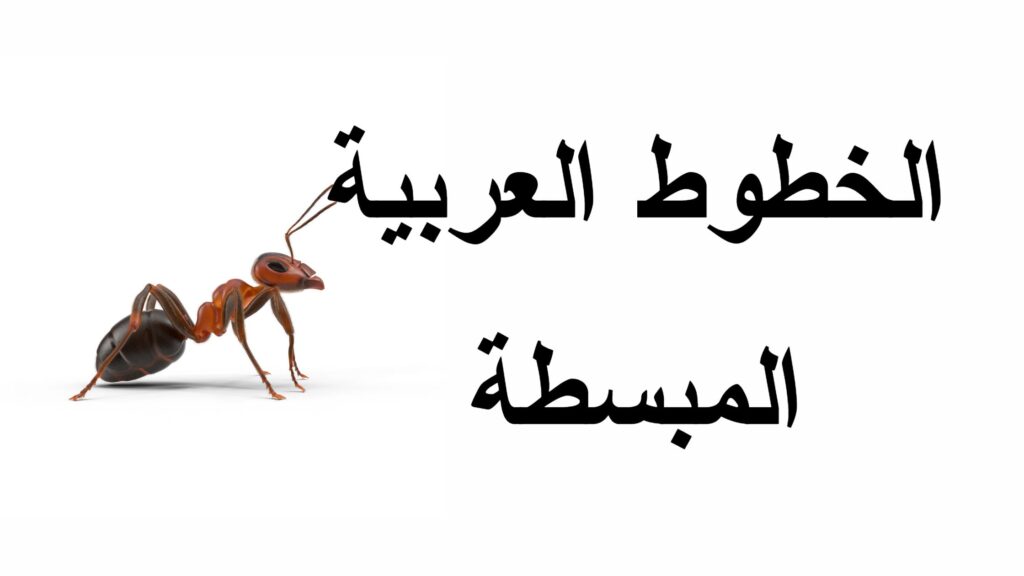
A visual manifesto from MoMA’s visionary director, and what it still teaches us today.
I first encountered this diagram during my Art History studies at La Sorbonne, and I’ve been obsessed with it ever since.
This isn’t just a chart. It’s a manifesto. A curatorial strategy. A story told through arrows, red lines, and the pulse of artistic rebellion.
Designed in 1936 by Alfred H. Barr Jr. — founding director of the Museum of Modern Art — this diagram was created for the now-iconic exhibition “Cubism and Abstract Art.” It’s one of the earliest attempts to map out the complex, overlapping genealogy of modern art movements: from Cézanne to Cubism, from Dada to De Stijl, from Negro Sculpture to Bauhaus.
What makes this visual so compelling is not just what it includes — but how it organizes influence.
A New Way to Curate: Ideas in Motion
Barr didn’t present movements as fixed boxes. He showed them as living organisms — interdependent, fluid, feeding into each other. Notice how Negro Sculpture is placed as a direct influence on both Cubism and Brancusi. Or how Machine Esthetic connects Futurism to Purism, Bauhaus, and even Modern Architecture.
This wasn’t just a historical tool. It was a curatorial gesture: to show how abstraction wasn’t chaos, but a structured evolution of ideas. Barr’s vision helped validate these radical artists in a time when abstraction was still controversial.
Why This Still Matters (Especially in the Art World Today)
In today’s algorithm-driven world, where artists and creators are often reduced to hashtags or niche content categories, Barr’s approach feels refreshing. It reminds us that movements are never isolated. They’re networks. Conversations. Frictions that lead to transformation.
As someone working in marketing for artists and designers, this chart reminds me daily that strategy isn’t just about being visible. It’s about knowing where your work sits in a longer narrative. Knowing who came before you, and how to build on it without losing your voice.
Mapping Influence in a Fast-Paced World
In my work, I often build what I call “influence maps” for clients — strategic visual tools that help galleries and creatives position themselves across media, culture, and audience touchpoints. That idea? It comes from here. From Barr.
Because before we sell, we must understand.
And before we shape a brand, we must trace its artistic DNA.
Want to explore how your creative brand fits into today’s visual landscape? Let’s map it — together.

